Beloved Cobble Hill Butcher Staubitz Fundraises for Facade Repair After Longtime Owner's Death
The future of the historic butcher is hanging in the balance, as the city is requiring immediate structural repairs to the building’s cracked and bulging rear facade.

John McFadden Jr. has taken over the family-owned business. Photo by Anna Bradley-Smith
For more than a century, Staubitz Market has been a neighborhood staple in Cobble Hill, peddling premium steaks to its Court Street neighbors and earning a loyal following along the way. For more than half that time, it’s been butcher John McFadden, and more recently his son John McFadden Jr., standing behind the carving block and porcelain cooler, keeping the family business running and improving the local knowledge of meat marbleization.
But following the older McFadden’s death in October, and McFadden Jr. being made aware of the dire financial situation of Staubitz, the future of the beloved butcher is hanging in the balance, McFadden Jr. said.
The “nail in the coffin,” he said, is the city requiring immediate structural repairs to the building’s cracked and bulging rear facade. So he is reaching out, somewhat uncomfortably, he said, and asking for help from the community he has spent the majority of his life serving.
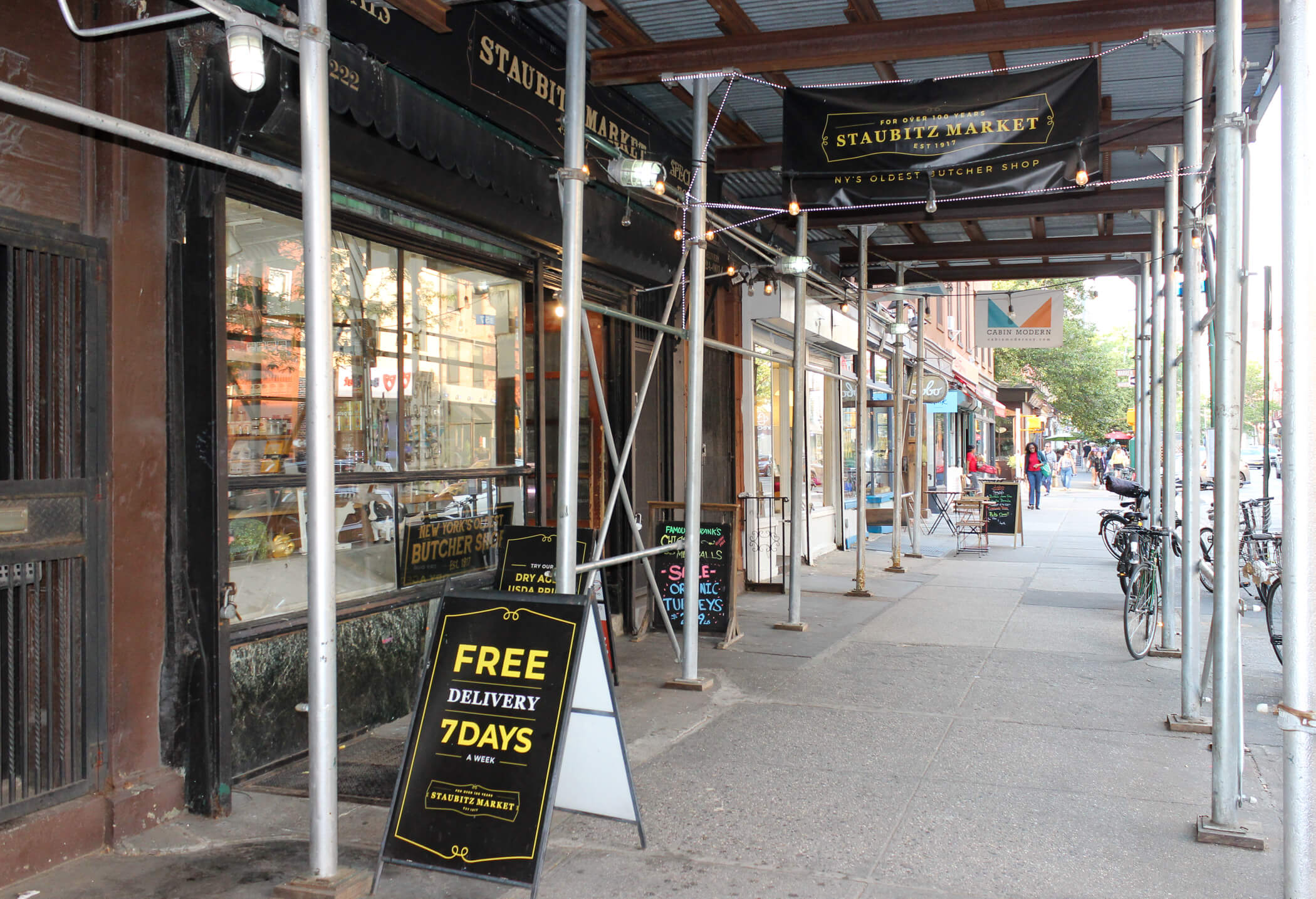
The McFadden family’s relationship with Staubitz Market started from something of a fateful coincidence. In 1955, after being laid off from a butcher shop in Far Rockaway, the older McFadden walked into the store at 222 Court Street seeking directions to a nearby unemployment office. He got more than a little help.
Taken by McFadden, Martin Lang, the Cobble Hill butcher’s second owner, hired him on the spot. Lang had taken over the store from John Staubitz, who, after immigrating from Germany, opened a meat market on Baltic Street by 1902, city directories from the time show. By 1917 he had moved the business to 222 Court Street, and he operated it there until his death in 1940.
Lang’s employment decision worked out, and in 1967 he sold the entire business to the older McFadden. About a decade later, when he was about 11 years old, McFadden Jr. joined the team, cementing Staubitz as a family-run business, and ensuring its longevity in the neighborhood.
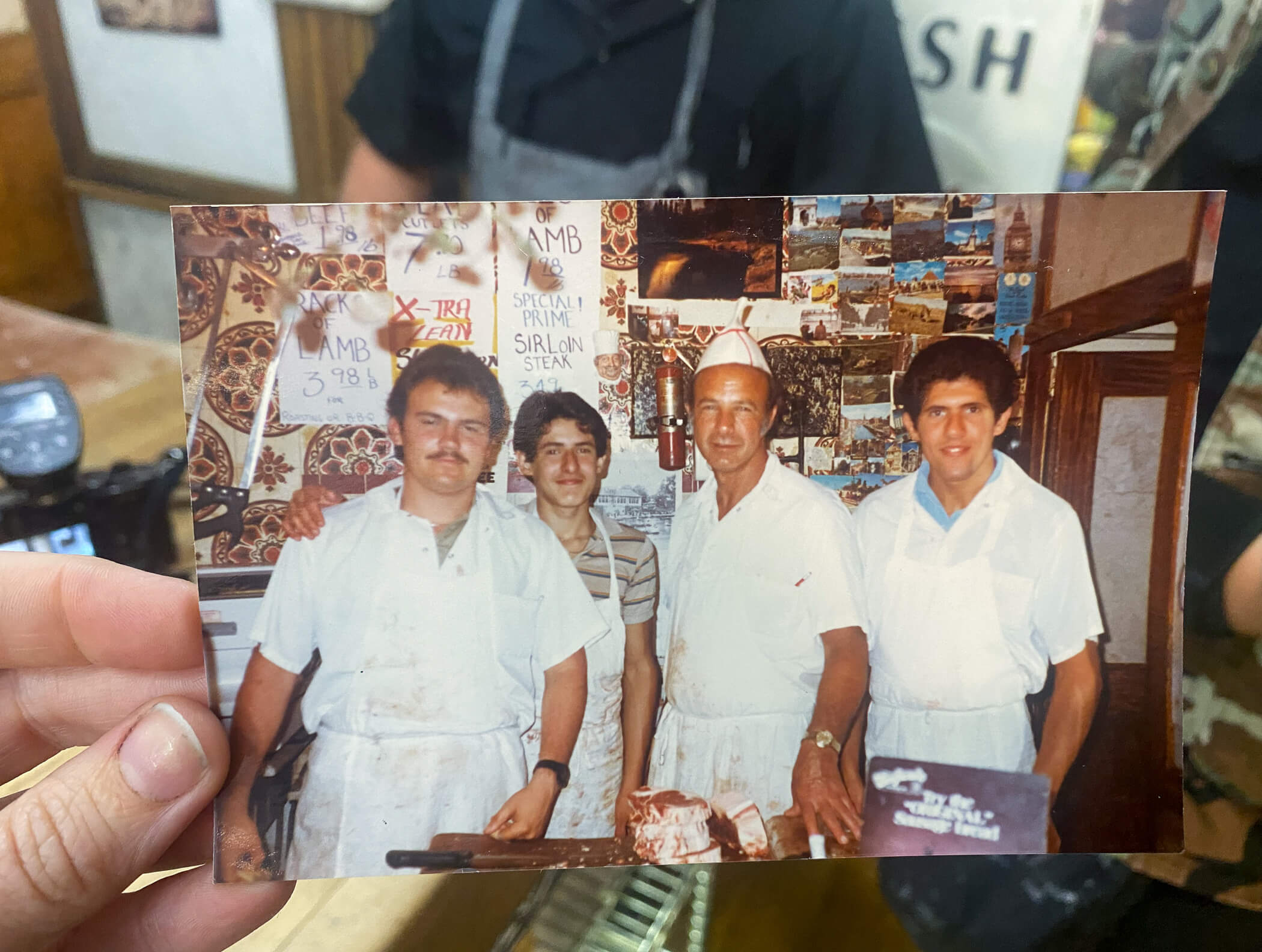
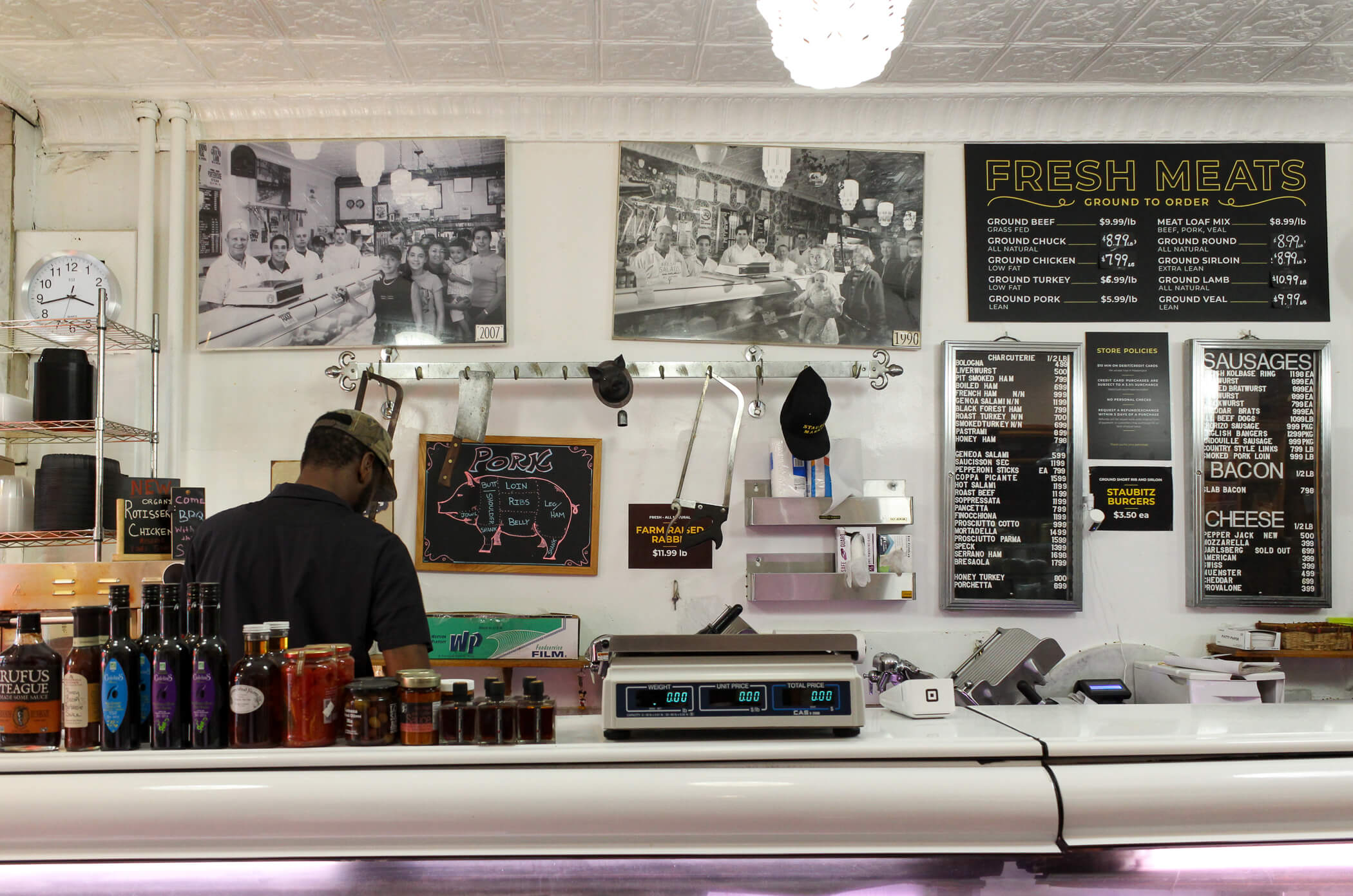
“I didn’t go to college, I came here right and worked full time,” McFadden Jr. told Brownstoner from behind the counter of the historic store. “My dad was always like ‘someday this is gonna be all yours son’ and and back then, you know, this was really quite a profitable business, even when you could throw a stone in any direction and hit a butcher shop.”
The pair ran Staubitz Market together for decades, most recently with the older McFadden doing the books and McFadden Jr. managing personnel and the day-to-day operations at the store. But when his father passed away in October and McFadden Jr. took over, he unknowingly grabbed the reins of a business with “no money in the bank.” The nail in the coffin, McFadden Jr. said, is the storefront needing structural and facade repairs estimated at $125,000 and that the Department of Buildings says must be done immediately.
“It’s the worst time. We’re going into our slow season, the accounts are low – I’m just struggling to keep my head above water,” McFadden Jr. said. “My dad, when he was alive, he didn’t take care of it, you know, but he passed away and now I’m trying to figure it out.”
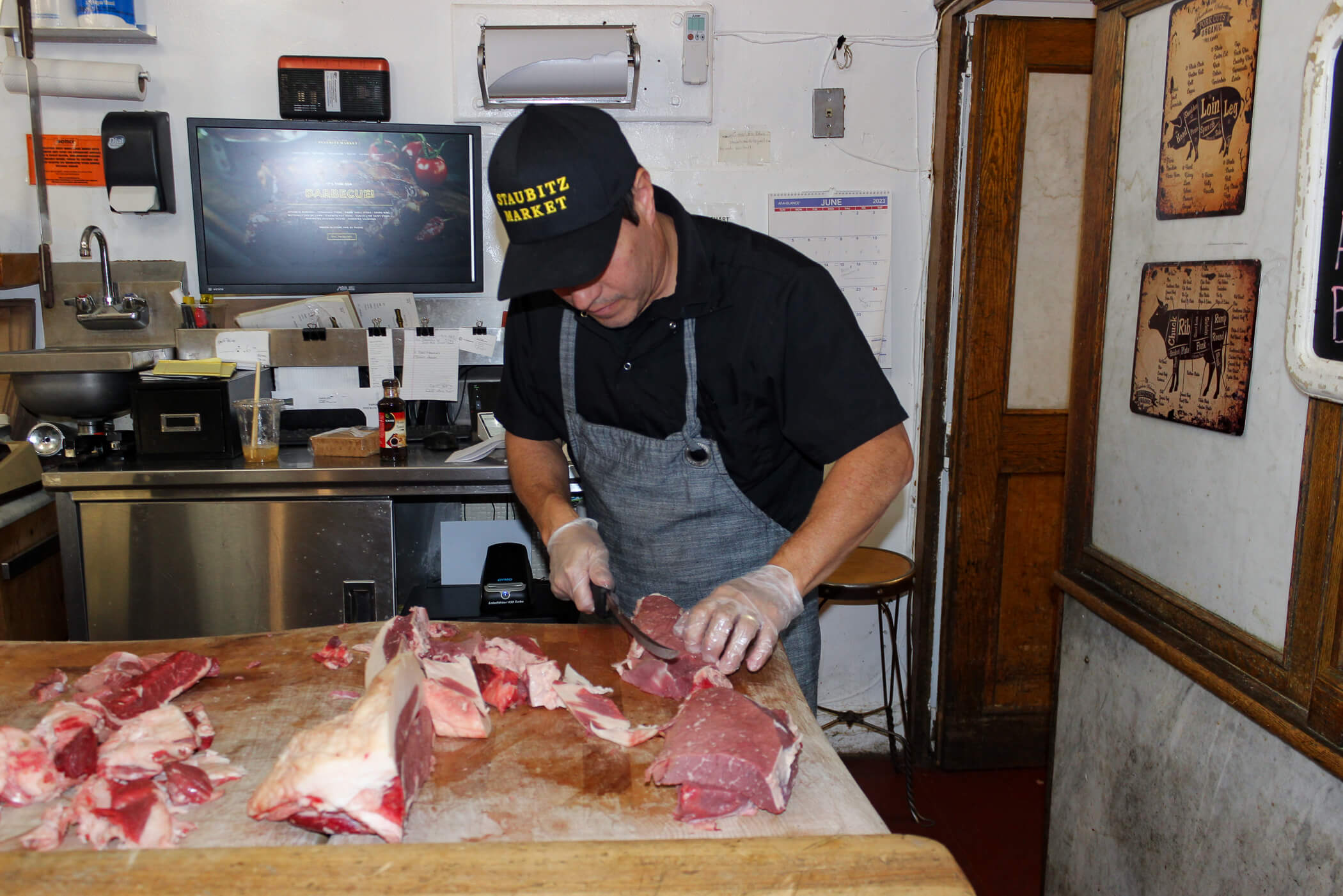
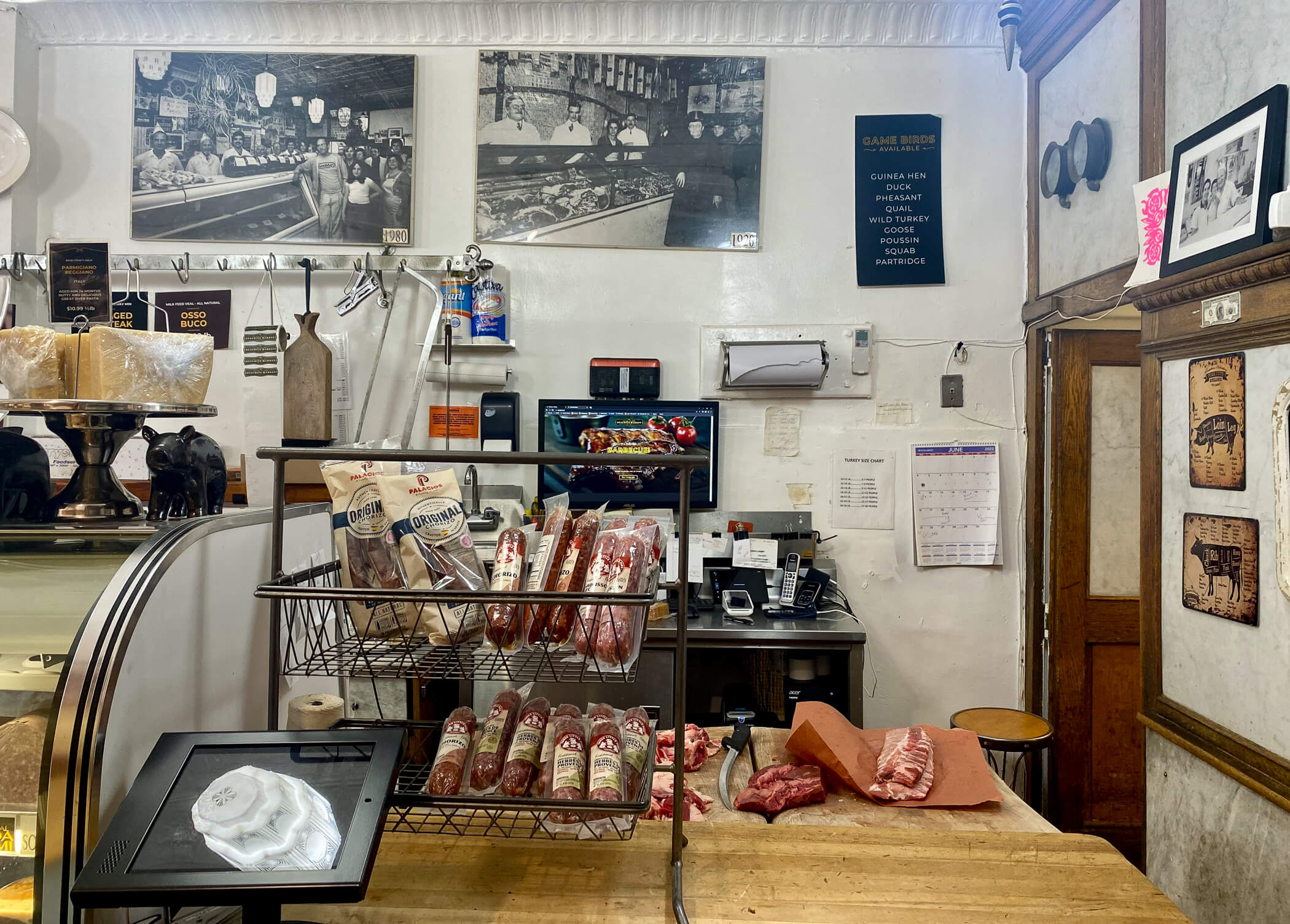
Over the past decade, McFadden Jr. said, there has been a gradual decline in business – although during Brownstoner’s visit Friday the line barely ceased. Regulars constantly checked in with McFadden Jr. and shared memories of seeing him grow up. (One woman said after McFadden Jr. was hired, there was constant crowd of young women outside; McFadden Jr. added the store is where he met his wife.)
Changing eating and shopping habits, as well as the changing demographics of the neighborhood, are largely the cause, McFadden Jr. said. “Back in the day, there were more families, and people ate more meat. These days it’s different, you know…there’s less consumption of meat.”
Prices of food skyrocketing post-Covid have also added to the pressure, he said, as well as instant delivery services like Amazon, Fresh Direct, and Whole Foods. “A business like ours, mostly a raw foods model, it’s been here for 106 years and it worked for 90 of those years. It doesn’t really translate anymore,” McFadden Jr. said. “I can’t tell you the amount of people I have sub 30 years old that walk in here and they look around and ask ‘you got anything cooked?’ and you know, they just turn around. So yeah, most of my clients I’d say are probably in their mid-30s and up.”
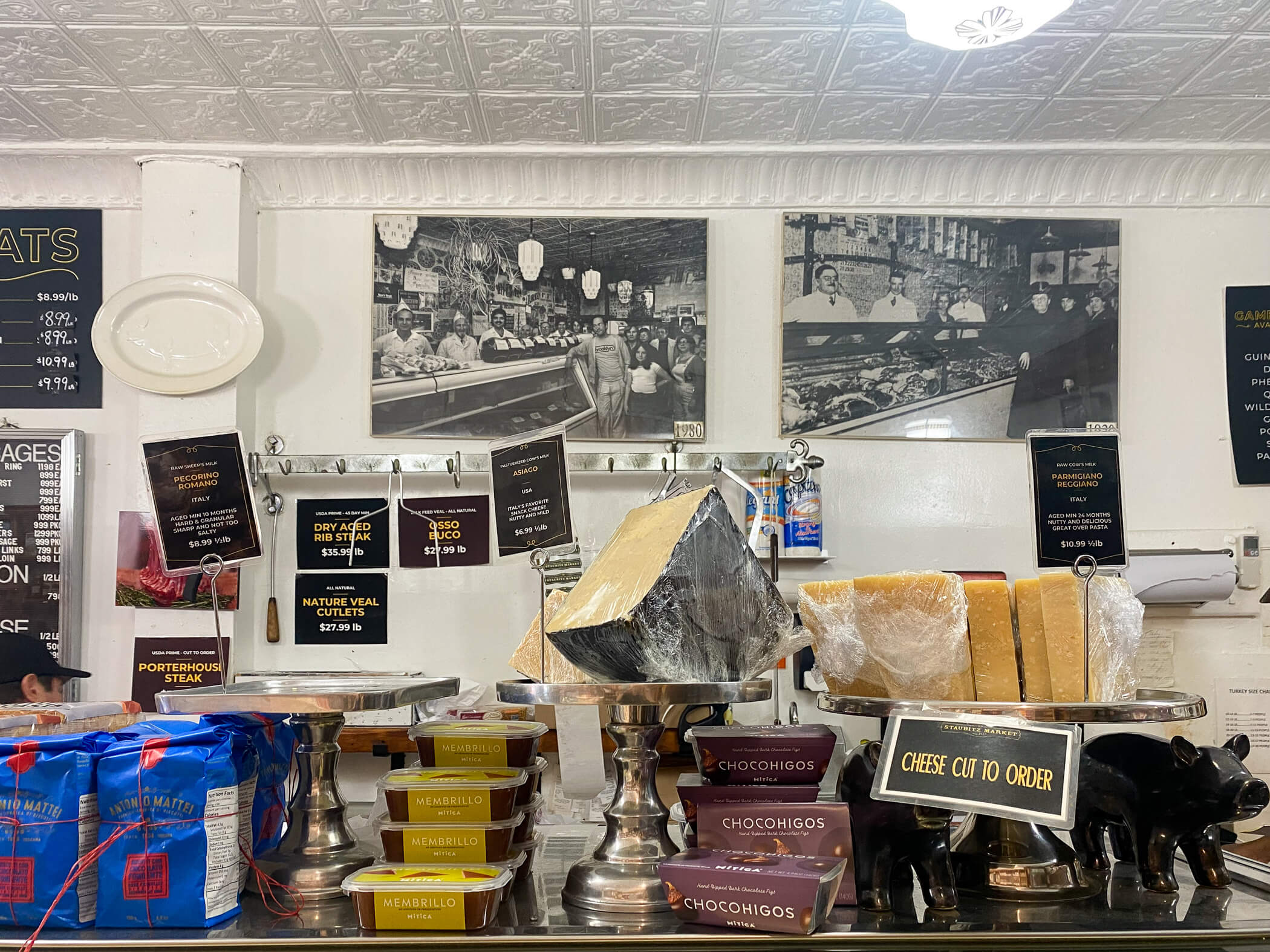
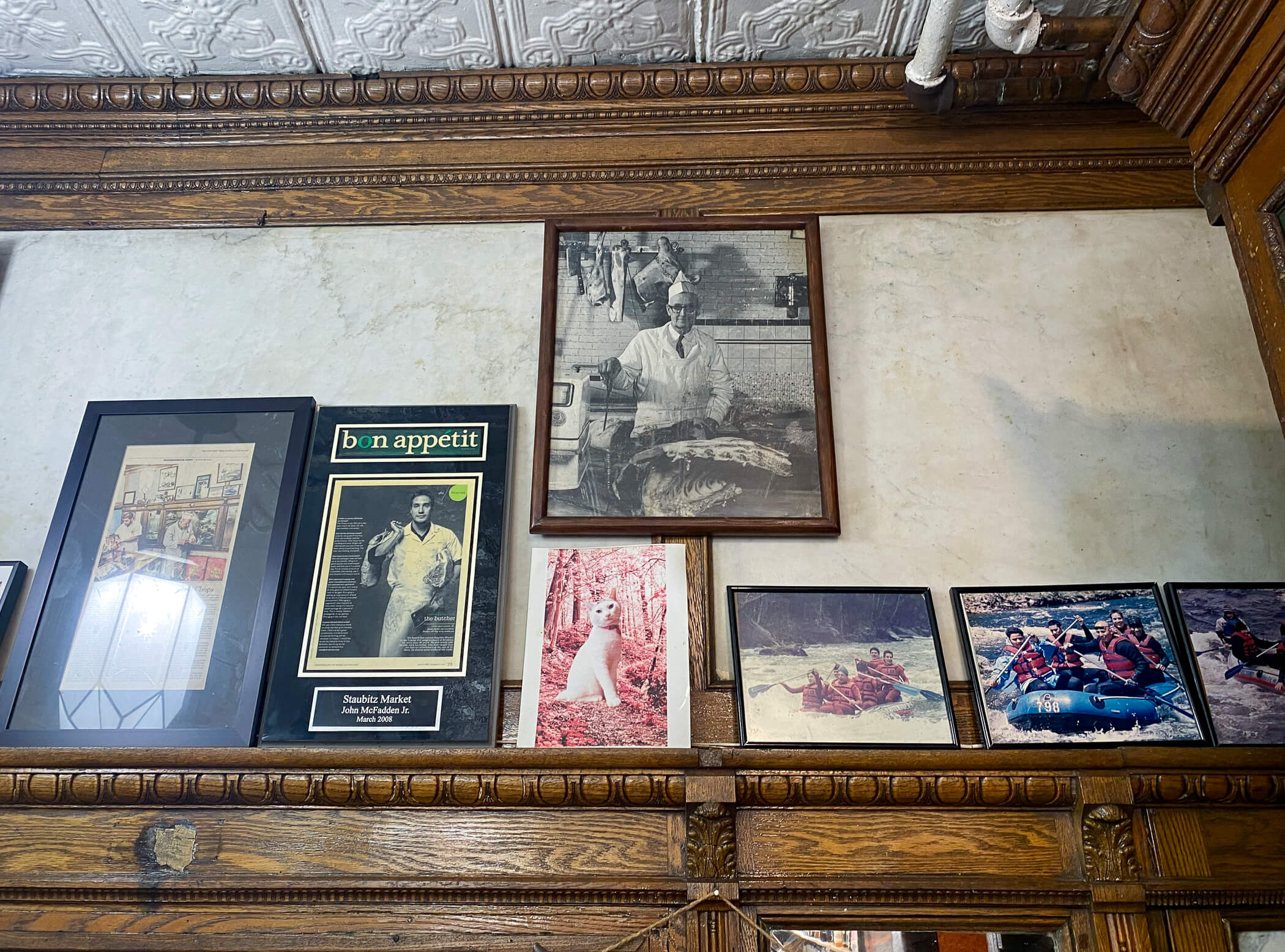
In April, neighborhood staple G. Esposito & Sons Jersey Pork Store , renowned for its house-made sausage, announced that it was closing after 100 years in Carroll Gardens. At the time, the owners said a decline in business, spike in rents, and not wanting to pressure the next generation into business were behind the decision.
But McFadden Jr. is determined to keep the doors open, and has been adding to his stock and diversifying the store’s offerings to try and keep up with changing times. While the fridges are stocked with raw meats, cold cuts, and cheeses, the shelves now also hold a range of pantry items. A freezer stocks a range of frozen products, including homemade hotdogs and team member Frank’s very popular frozen chicken meatballs. Sitting on the historic porcelain cooler is an electric rotisserie where McFadden Jr. uses “only our organic chicken” to roast the birds the way he does them at home.
As has always been the case with the meat at Staubitz Market, the focus with any new offerings is squarely on quality, McFadden Jr. said. “I’ve been doing all the meat selection, the cheese, all that stuff all goes through me. And when my dad was alive, we, the two of us, everything went through our hands, nothing was allowed in here without us visually inspecting it and approving it.”
That focus on quality is paired with a deep commitment to customer service, which McFadden Jr. said is passed down from his father. “I enjoy helping people. I enjoy waiting on people. You know, some people say oh, it’s demeaning or belittling, I don’t think that, I’m honored to do it, and I know that I’m serving them a great product. I know they’re gonna go home and love it, they’re gonna come back and tell me ‘Hey John, that was the best steak I’ve ever had’ or whatever it was, and you build a relationship like that.”
During Brownstoner’s visit, McFadden guided customers. “Roast it in the oven, about 30 minutes set to about 350 degrees. It should be a little bit pink in the middle, not raw, but a little pink,” he told an Australian couple picking up a pork roast.
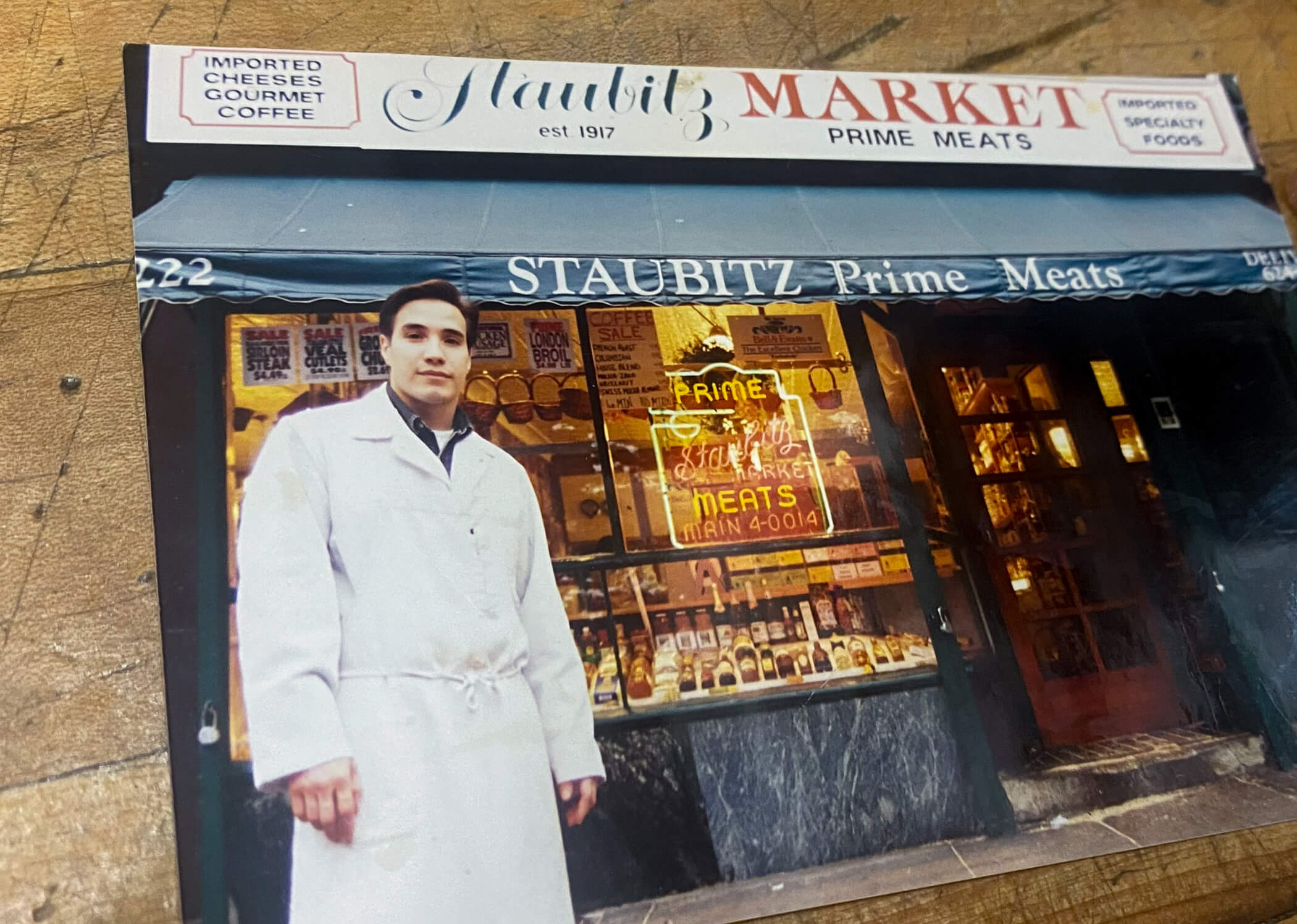
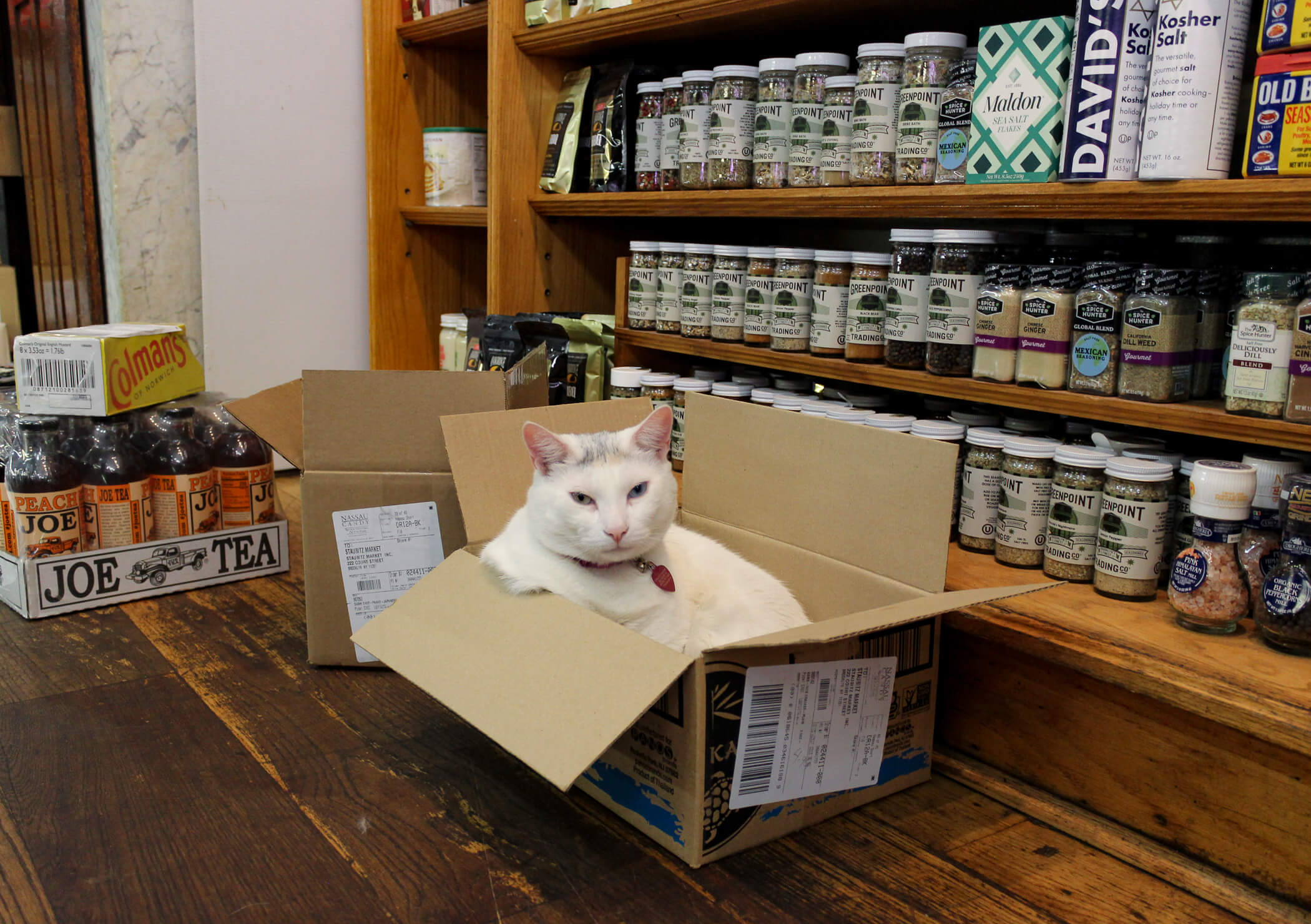
The commitment to quality and service has earned McFadden Jr. some very loyal customers, and when one of them got wind of the business’s struggles he urged the butcher to turn to the community for help. At first, McFadden Jr. was reluctant, instead trying to remortgage his house. But with little luck at the bank, he eventually set up an online fundraiser for the historic store.
The support, he said, was immediate. “It’s completely, like, just 100 percent supportive. Some people are donating large sums of money, I mean, I couldn’t believe it, you know, it was humbling. Honestly, I just, I was not expecting that. I thought people would give like 10 bucks.”
Over the course of the week, a GoFundMe has raised more than $19,000 for the business. “I’m just so grateful that people are willing to not only part with their own money, but take the time out to support Staubitz…it’s kind of like a confirmation…they see the value, that is no bullshit.”
One of the fund’s donors, Ken Rush, has been shopping in the store since 1972 and was making one of his regular trips there on Friday. He said, as one of Court Street’s last remaining historic small businesses, Staubitz Market was not just another store, “I mean look at that neon sign, that’s a wonderful vintage sign. Made for it’s probably ’40s, ’50s, even ’60s, but it’s a vintage, genuine neon, it’s not LED.”
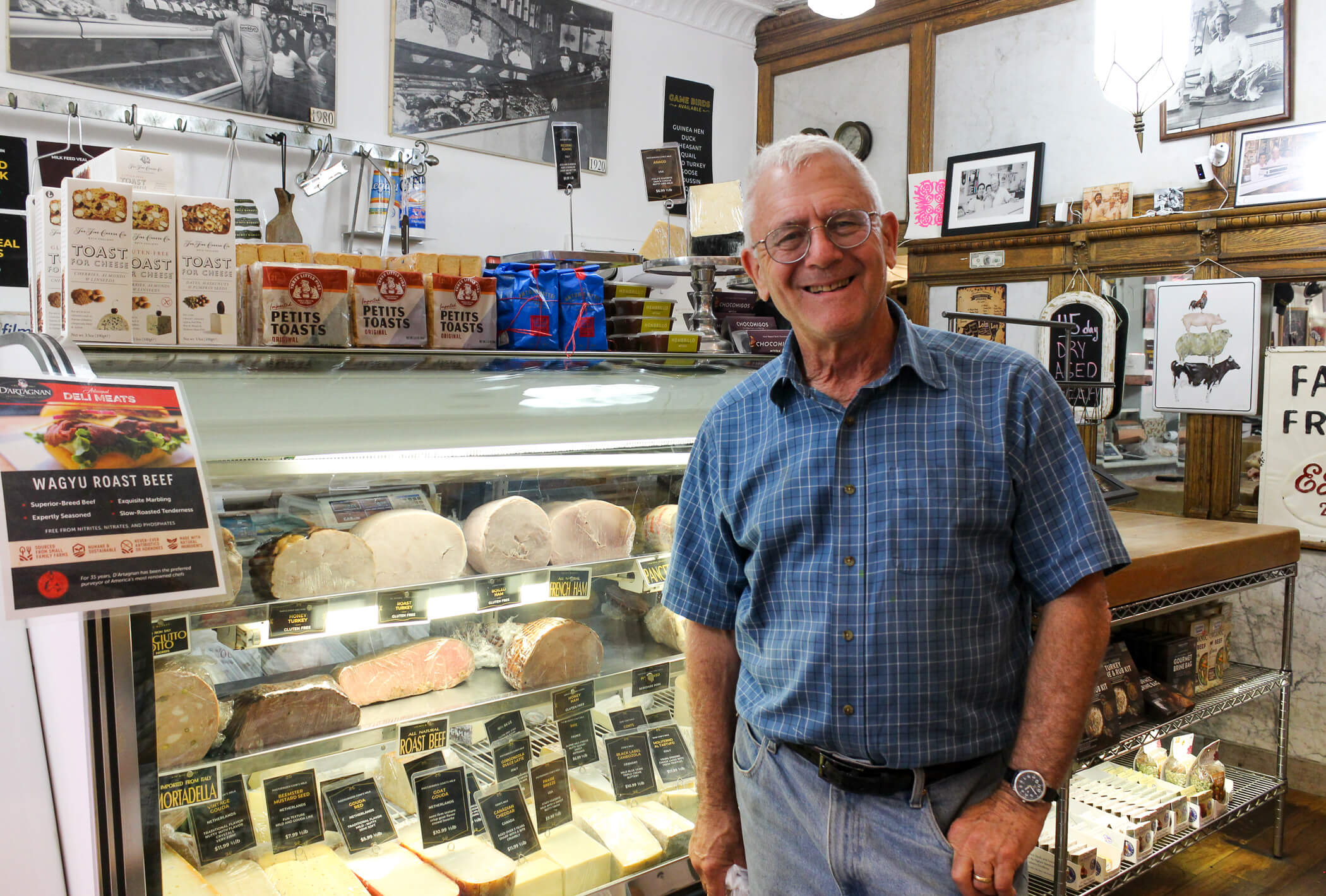
Eric Hansen, who has lived in the neighborhood for 27 years and has an account at Staubitz Market, said he shops there every day. “They’ve become friends, I’m friends with every single butcher and John, for me it’s like family and home. I don’t want to go to Trader Joe’s or some other place to buy meat,” he said.
“I’m happy. When I walked through this door, sometimes I stumbled through and I’m overjoyed to see all these guys. We talked about everything. We talk about sports, we talk about politics, everything. I stand right here, we have conversations, sometimes I’m here three minutes sometimes I’m here 30 minutes. My wife wonders, where are you, you know, this is a home away from home.”
He said it’s important to get the word out about the business’s struggles because people in the neighborhood are unaware. “I think people would be shocked. I was surprised when I heard. You know, we already had Esposito. You know, Sal’s pizza went. We don’t need another local store going.”
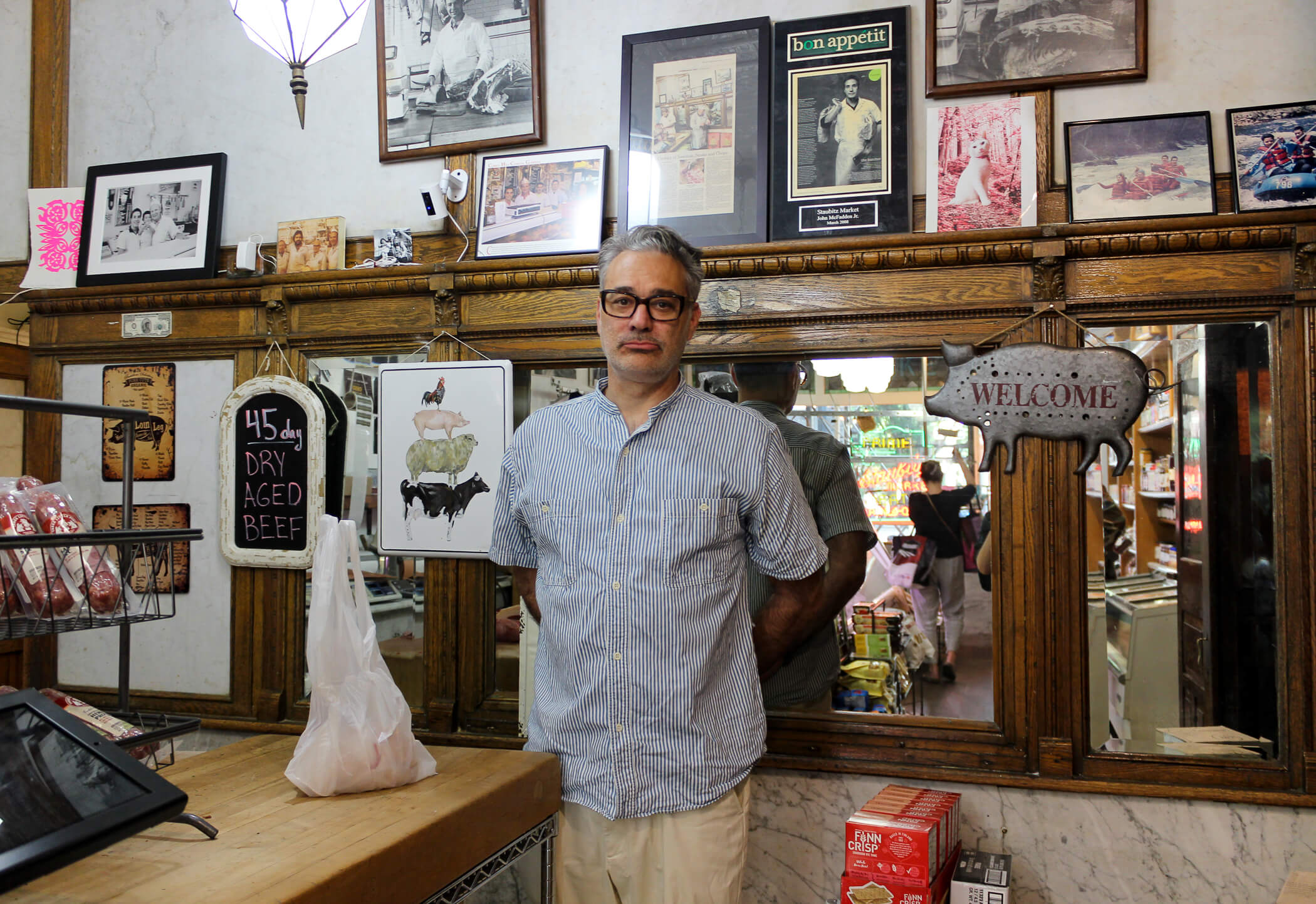
McFadden Jr. said he’d have no issue with the return of more butchers to the neighborhood: “For me, honestly, you know, the more merchants that are around the better it is, because you create like a food mecca, and of course that’s how it used to be, you know, it used to be butcher shops, bakers, then you had fruit and vegetable stands and, you know, you could just walk along. It was very European that way, nowadays everyone’s too busy.”
McFadden Jr. said any money raised from the GoFundMe will go towards the cost of the building repairs, and beyond that he would be looking to future proof the business. That will include stocking more prepared foods, and some types of cooked food (although he said he looked into opening a small commercial kitchen in the back, but that would total around $50,000 to $60,000), along with introducing new foods to the rotisserie. “When I was in France, they were doing even boneless legs of lamb.”
“I don’t want to grow this into a mega market or something like that, or a small Whole Foods. I like the size of this, it’s manageable and I have control over it, I can see what’s coming, what’s going, and I can continue to curate all these products that, firstly, I love so I hope you’ll all be able to love it as well.”
Ultimately, he said, despite the issues with the business handover, he wants to keep his father’s legacy alive. “I certainly want to keep it going. I want to keep my dad’s legacy alive. And, of course, it’s something that I’m also proud of, because I’ve been here since I was 11 years [old]. I’ve helped grow and curate all the products you see here.”
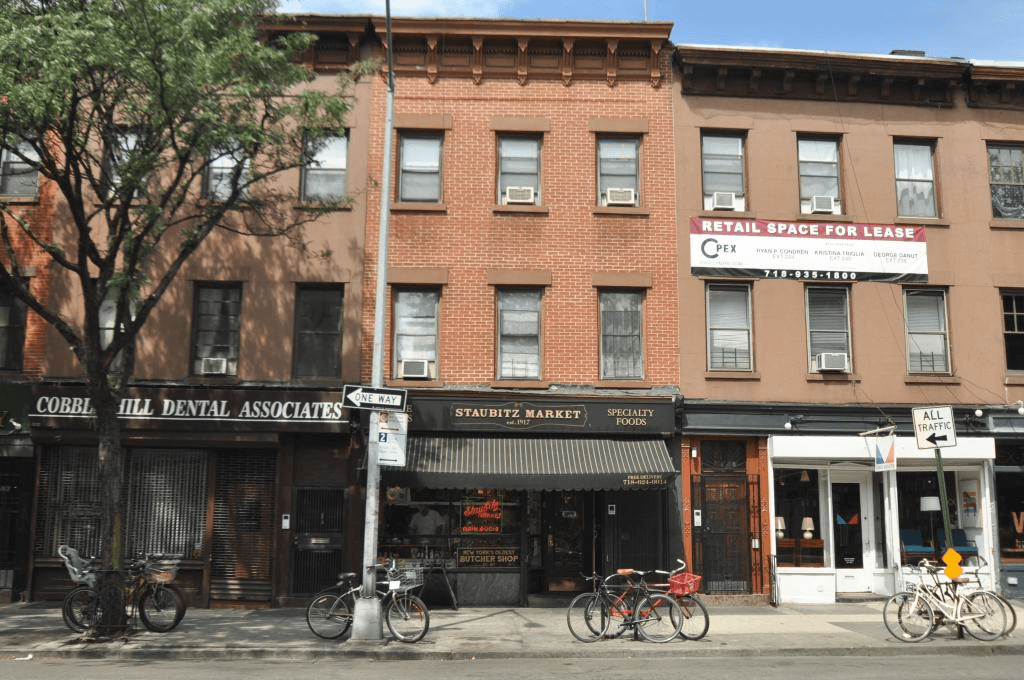
[Photos by Anna Bradley-Smith unless noted otherwise]
Related Stories
- Lenny’s Pizza of ‘Saturday Night Fever’ Fame Closes After 70 Years in Business
- Sahadi’s Added to the New York State Historic Business Preservation Registry
- Fort Greene Grocery Store Greene Grape Provisions Reopens After Vacate Order
Email tips@brownstoner.com with further comments, questions or tips. Follow Brownstoner on Twitter and Instagram, and like us on Facebook.





What's Your Take? Leave a Comment